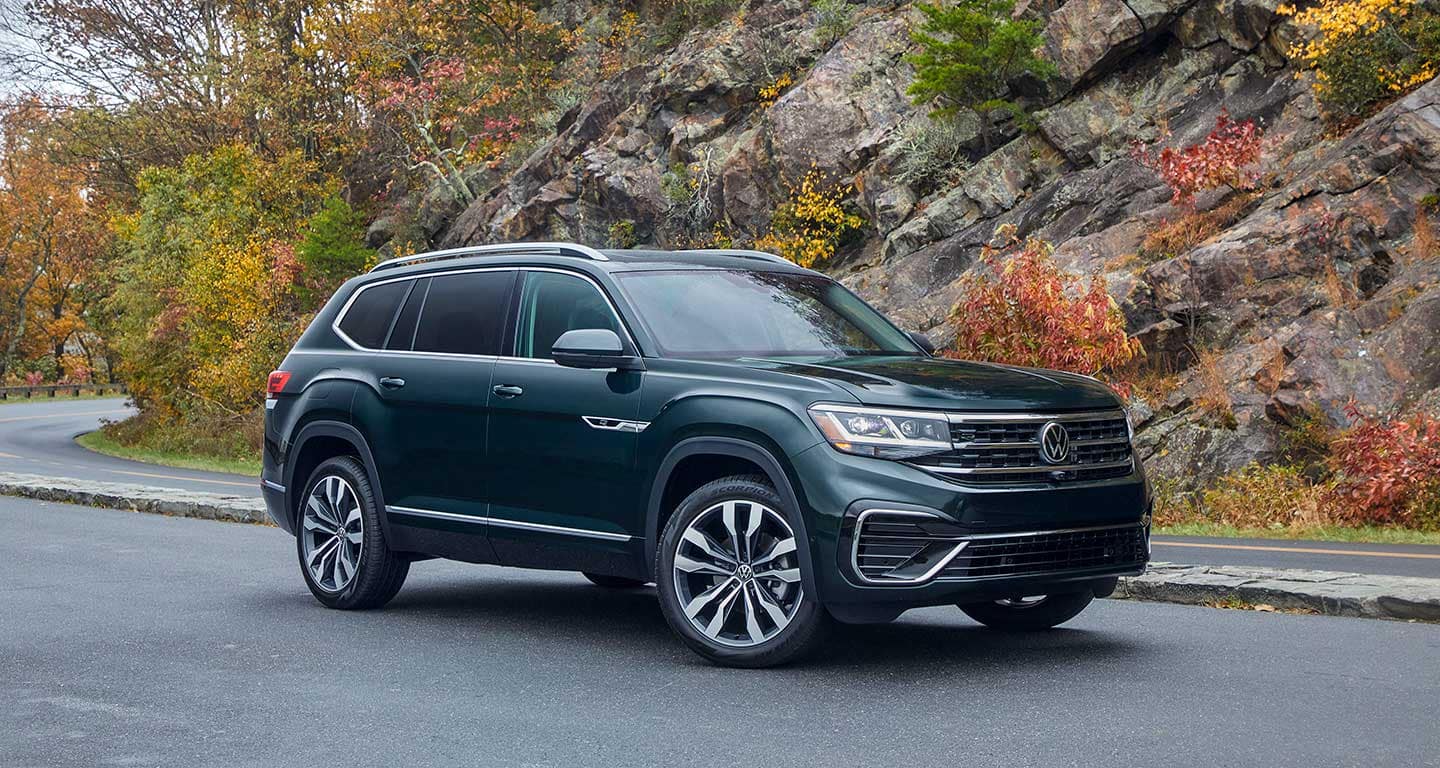The evolution of automotive technology has transformed the humble car key from a simple metal instrument into sophisticated electronic devices that communicate wirelessly with vehicles.
Keyless entry systems, once considered luxury features reserved for high-end automobiles, have become standard equipment across virtually all vehicle segments. However, like any technology, these systems vary dramatically in their reliability, user experience, and long-term durability.
While some manufacturers have perfected their keyless entry implementations with robust, interference-resistant designs and reliable battery life, others struggle with persistent connectivity issues, frequent battery failures, and frustrating user experiences that leave owners longing for traditional keys.
The complexity of modern keyless entry systems goes far beyond simple remote unlocking. Today’s key fobs integrate multiple technologies including radio frequency identification (RFID), Bluetooth Low Energy (BLE), and proximity sensors to enable features like push-button start, automatic door unlocking, and even remote vehicle monitoring.
These systems are more vulnerable to hacking than conventional starting systems, adding security considerations to the reliability equation. Fob shortages are making replacement particularly challenging when these sophisticated devices fail, often leaving owners stranded with expensive repair bills.
Understanding which vehicles excel in keyless entry reliability versus those plagued by persistent fob failures can save prospective buyers thousands of dollars and countless hours of frustration.
This comprehensive analysis examines ten vehicles representing both ends of the spectrum, providing detailed insights into what makes keyless entry systems succeed or fail in real-world conditions.
5 Vehicles With Excellent Keyless Entry Systems
These exceptionally reliable keyless entry systems feature robust transmitters and sensitive receivers that maintain consistent performance through temperature extremes and daily use cycles.
The 2024 Nissan Altima SL stands out as a top contender in the best cars with keyless entry category, offering both convenience and security through reliable operation and thoughtful engineering.
VIPER leads the industry in aftermarket keyless entry systems, adding convenience to virtually any vehicle with wide-ranging compatibility and proven durability.
These systems demonstrate superior build quality through precision-engineered components that resist interference and maintain strong signal strength, ensuring owners can rely on effortless access without the frustration of intermittent failures or range limitations that plague lesser systems.
1. Toyota RAV4 (2020-2025)
The Toyota RAV4 stands as a benchmark for keyless entry reliability, representing everything that can go right when automotive engineers prioritize functionality over flashiness.
The Toyota RAV4 Hybrid is among the most reliable models in recent consumer surveys, and this reliability extends comprehensively to its keyless entry system.
Toyota’s approach to key fob design emphasizes durability, with robust internal components that withstand daily wear and environmental factors that often plague other manufacturers’ systems.
The RAV4’s keyless entry system utilizes a dual-frequency design that operates on both 315MHz and 433MHz bands, providing exceptional resistance to radio interference that commonly affects single-frequency systems.
This redundancy ensures consistent performance in urban environments where electromagnetic interference from cell towers, WiFi networks, and other electronic devices can disrupt weaker systems.
The fob’s proximity detection works flawlessly at distances up to 3 feet from the vehicle, striking an ideal balance between convenience and security without the oversensitivity issues that plague some competitors.

Battery life in RAV4 key fobs consistently exceeds three years under normal usage conditions, with many owners reporting five-year lifespans before requiring replacement.
The low-battery warning system provides ample advance notice through both visual dashboard indicators and audible alerts, preventing the surprise failures that leave drivers stranded.
When replacement becomes necessary, standard CR2032 batteries cost under $5 and can be easily replaced by owners using simple tools, contrasting sharply with the expensive proprietary batteries or professional service required by systems.
Toyota’s programming system allows for seamless synchronization of replacement fobs without requiring expensive dealer visits. The process takes less than five minutes and can be performed by following clear instructions in the owner’s manual, making fob replacement both affordable and convenient.
The system supports up to eight programmed fobs simultaneously, accommodating large families or fleet applications without complexity issues that affect other manufacturers’ systems.
Perhaps most importantly, the RAV4’s keyless entry system fails gracefully. When electronic components malfunction, the mechanical key hidden within the fob housing provides reliable emergency access, and the traditional ignition cylinder remains fully functional.
This redundant design philosophy ensures that keyless entry problems never leave owners completely stranded, a consideration that sets Toyota apart from manufacturers who eliminate mechanical backup systems entirely.
2. Honda CR-V (2017-2025)
Honda’s CR-V exemplifies intelligent keyless entry design through its focus on user experience and long-term reliability. The Honda CR-V and Toyota RAV4 are two of the most highly regarded small SUVs on the market, and Honda’s attention to keyless entry details contributes significantly to this reputation.
The CR-V’s system incorporates advanced signal processing algorithms that virtually eliminate false activations while maintaining excellent sensitivity for legitimate unlock attempts.
The CR-V’s key fob design prioritizes ergonomics and durability in equal measure. The button layout provides tactile feedback that allows operation without looking, while the rubberized housing withstands drops, moisture, and temperature extremes that would damage lesser systems.
Honda engineers conducted extensive testing in environments ranging from desert heat to arctic cold, ensuring consistent performance across all climate conditions where CR-Vs operate globally.
Range performance sets the CR-V apart from many competitors, with reliable operation at distances exceeding 100 feet for remote start functions and consistent door unlocking from 10 feet away.

This extended range reduces user frustration while maintaining security protocols that prevent unauthorized access. The system’s smart algorithms distinguish between intentional activation attempts and accidental button presses, virtually eliminating the dead battery issues caused by inadvertent activation in purses or pockets.
Honda’s integration of keyless entry with the vehicle’s security system demonstrates sophisticated engineering. The CR-V can detect when the fob is inside the vehicle, preventing lockout situations that plague simpler systems.
If owners attempt to leave the fob inside while exiting, the system provides both audible and visual warnings, and the doors will not lock until the fob is removed or owners explicitly override the safety feature.
The CR-V’s keyless entry system also excels in multi-key scenarios common in family households. Each fob can store individual driver preferences for seat positions, mirror adjustments, and climate settings, automatically configuring the vehicle when different family members approach.
This personalization occurs seamlessly without the programming complexity or reliability issues that affect other manufacturers’ memory systems, making the CR-V an ideal choice for families with multiple drivers who demand both convenience and reliability.
3. Lexus RX (2016-2025)
Lexus has raised keyless entry to an art form in the RX, combining luxury convenience with industrial-grade reliability that befits the brand’s premium positioning.
The RX’s keyless entry system represents Toyota’s most advanced implementation, incorporating multiple redundant systems and premium components that deliver virtually flawless performance throughout the vehicle’s ownership lifecycle.
Every component, from the key fob’s internal circuitry to the vehicle’s proximity sensors, receives premium materials and manufacturing processes that ensure long-term durability.
The RX’s key fob features a sophisticated power management system that extends battery life beyond four years under typical usage patterns. Advanced sleep modes minimize power consumption when the fob remains stationary, while smart wake-up algorithms ensure instant response when needed.
The premium battery compartment design prevents corrosion and provides secure battery contact even after years of use, eliminating the intermittent connectivity issues that affect lower-quality implementations.
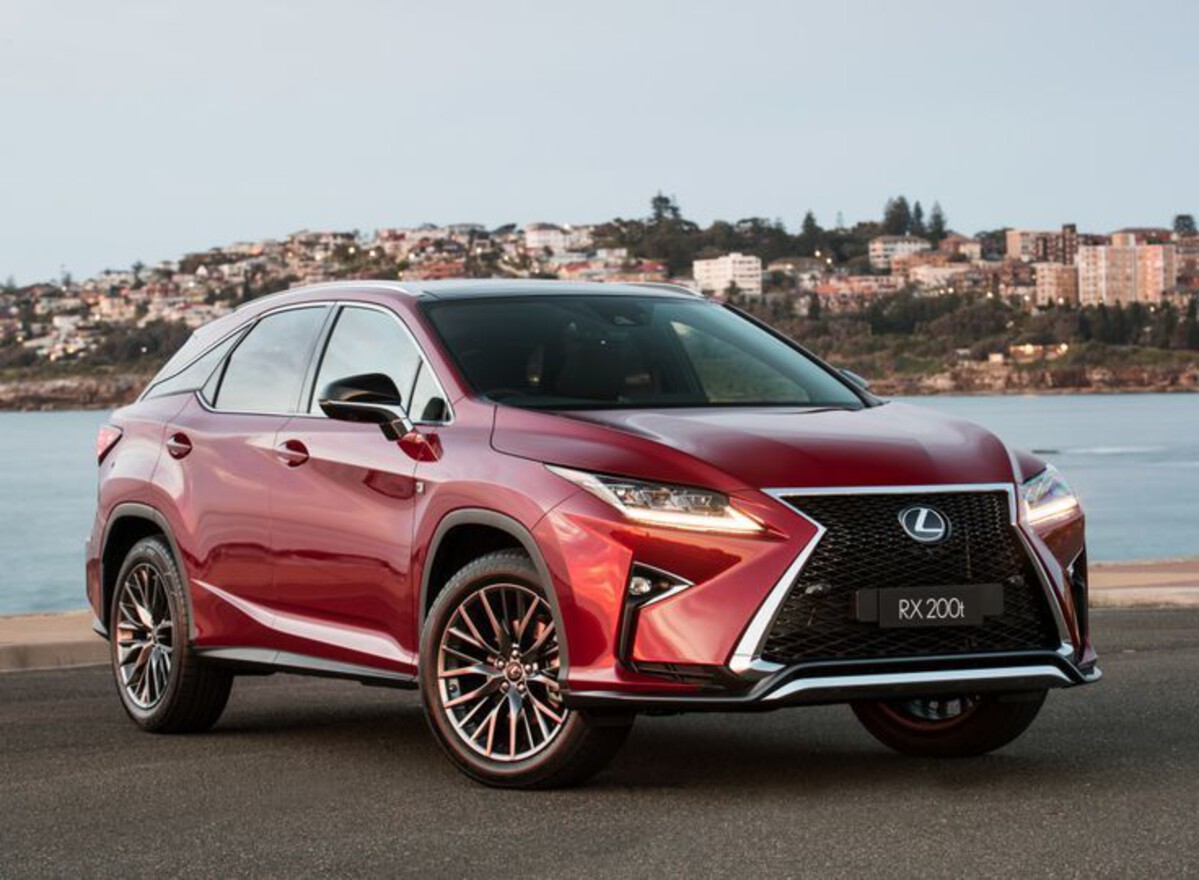
Proximity detection in the RX achieves remarkable precision through advanced sensor fusion technology. Multiple proximity sensors around the vehicle work in concert to determine the fob’s exact location, enabling features like selective door unlocking that opens only the driver’s door when approaching from that side.
This intelligent behavior provides both convenience and security benefits while demonstrating the sophisticated engineering that separates luxury keyless entry systems from basic implementations.
The RX’s keyless entry system integrates seamlessly with the vehicle’s advanced security features, including motion sensors that can detect break-in attempts even when the fob is not present.
The system can distinguish between owner access and potential theft scenarios, automatically adjusting security protocols based on situational awareness. This intelligence extends to theft prevention features that detect relay attack attempts and implement countermeasures to prevent unauthorized vehicle access.
Lexus provides exceptional support for RX keyless entry systems through their dealer network, with technicians trained specifically on the system’s advanced features and diagnostic procedures.
When service becomes necessary, Lexus maintains extensive parts availability and provides software updates that can resolve emerging security vulnerabilities or enhance functionality.
This comprehensive support infrastructure ensures that the RX’s sophisticated keyless entry system maintains peak performance throughout the vehicle’s ownership period, justifying the premium price point through superior reliability and service quality.
4. Mazda CX-5 (2017-2025)
Mazda’s engineering philosophy of prioritizing driver experience over unnecessary complexity shines through in the CX-5’s exemplary keyless entry implementation.
Rather than cramming every possible feature into their key fob, Mazda focused on perfecting the essential functions that owners use daily, resulting in a system that consistently operates flawlessly without the reliability compromises that affect more complex implementations.
This focused approach delivers exactly what owners need while eliminating the failure points that plague overengineered systems. The CX-5’s key fob strikes an ideal balance between functionality and simplicity, featuring large, well-spaced buttons that provide clear tactile feedback even when wearing gloves.
The button placement allows one-handed operation while carrying packages or managing children, demonstrating Mazda’s attention to real-world usage scenarios.
The fob’s compact size fits comfortably in pockets without creating unsightly bulges, while the premium materials and construction quality ensure years of reliable service under daily use conditions.
Battery efficiency in the CX-5’s keyless entry system consistently exceeds industry standards, with most owners experiencing over three years of trouble-free operation between battery replacements.
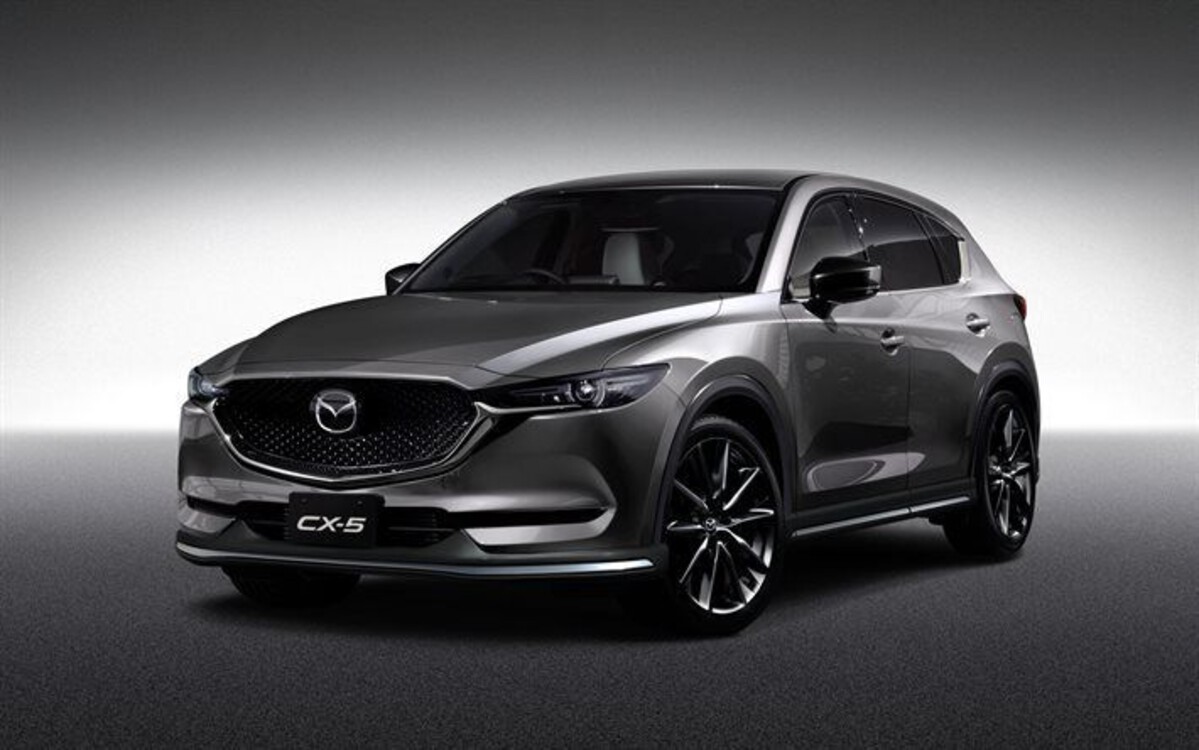
Mazda’s power management algorithms intelligently adjust transmission power based on environmental conditions and distance requirements, maximizing battery life without compromising performance.
The system provides clear low-battery warnings through multiple channels, ensuring owners have adequate time to replace batteries before experiencing service interruptions.
The CX-5’s proximity sensors demonstrate remarkable consistency in various weather conditions, maintaining reliable operation in rain, snow, and extreme temperatures that can affect lesser systems.
Mazda’s engineers calibrated the sensitivity to minimize false activations while ensuring responsive performance when owners approach with obvious intent to access the vehicle. This calibration eliminates the frustrating experiences common with oversensitive systems that activate in parking garages or when walking past parked vehicles.
Programming and maintenance procedures for the CX-5’s keyless entry system exemplify user-friendly design principles. Owners can easily program additional fobs using simple button sequences outlined clearly in the owner’s manual, eliminating expensive dealer visits for basic maintenance tasks.
The system maintains programming integrity even during battery replacement or vehicle servicing, preventing the reprogramming requirements that create ongoing costs with some competitors’ systems. This reliability and ease of maintenance make the CX-5 an excellent long-term ownership choice for buyers who prioritize dependable keyless entry functionality.
5. Subaru Outback (2015-2025)
Subaru’s approach to keyless entry in the Outback reflects their reputation for building vehicles that perform reliably in challenging conditions, with systems engineered to withstand the harsh environments where Outback owners frequently venture.
The keyless entry system demonstrates the same rugged reliability that defines Subaru vehicles, providing consistent performance whether parking at ski resorts, beach access points, or remote hiking trailheads where environmental extremes challenge lesser systems.
The Outback’s key fob housing utilizes advanced polymer materials that resist impact damage, moisture intrusion, and temperature cycling that would compromise conventional plastic housings.
Internal components receive conformal coating that prevents corrosion from humidity, salt air, or other environmental contaminants commonly encountered during outdoor adventures.
This attention to environmental protection ensures reliable operation throughout the vehicle’s service life, even under conditions that would disable more fragile systems.
Range performance in the Outback consistently exceeds specifications across all environmental conditions, with reliable remote start operation from inside ski lodges, beach houses, or camping facilities where owners need to precondition the vehicle before venturing outside.
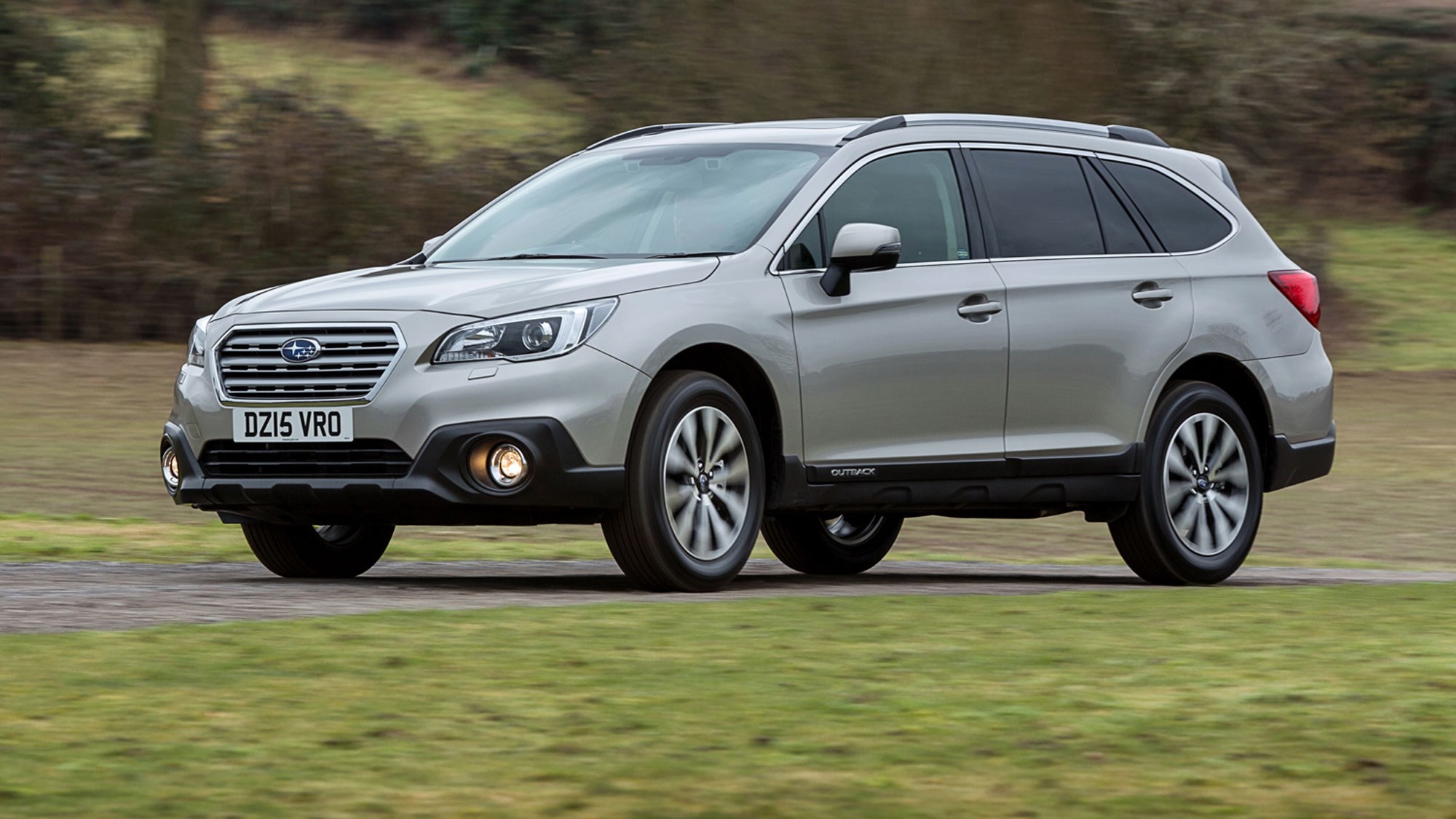
The system maintains consistent sensitivity levels regardless of temperature extremes, altitude changes, or atmospheric pressure variations that can affect other manufacturers’ systems in mountain or coastal environments.
Subaru’s integration of keyless entry with their comprehensive safety systems demonstrates thoughtful engineering that prioritizes owner protection.
The system can detect when doors or windows are left open and will prevent remote start operation to avoid carbon monoxide hazards. Advanced motion sensors can distinguish between wildlife activity and potential security threats, reducing false alarms while maintaining effective intrusion detection in remote locations where traditional security systems might prove inadequate.
The Outback’s keyless entry system also incorporates features specifically designed for outdoor enthusiasts, including extended-range remote start capabilities that allow preheating or cooling the vehicle from considerable distances.
The system remembers owner preferences for climate settings, seat heating, and defrosting functions, automatically configuring the vehicle for current weather conditions.
This intelligence makes the Outback particularly appealing to owners who regularly encounter changing weather conditions and need reliable vehicle preparation from a distance, demonstrating how thoughtful engineering can enhance both convenience and safety for specific user scenarios.
5 Vehicles With Problematic Keyless Entry Systems
These problematic keyless entry systems plague owners with dead fob batteries, unresponsive buttons, weak signal range, and intermittent detection failures that transform simple vehicle access into unpredictable experiences.
The most common issue is the battery running out of charge, with fobs failing to send signals to keyless entry systems due to gradual power loss over time.
A bad battery in the key fob is most commonly the reason for failure to send signals to the keyless entry system, often requiring owners to use backup physical keys.
Sometimes replacing fob batteries or dropping the device can cause reprogramming issues, forcing owners to re-pair the fob with the vehicle receiver through inconvenient dealer visits or complex reset procedures.
1. Land Rover Range Rover Sport (2020-2025)
The Range Rover Sport’s keyless entry system exemplifies the frustrating gap between luxury vehicle pricing and actual reliability, delivering a premium ownership experience marred by persistent electronic malfunctions that affect daily usability.
There are areas of radio interference that disrupt the Bluetooth pairing and keyless system, creating unpredictable behavior that transforms simple tasks like unlocking doors into exercises in patience and frustration.
Despite Land Rover’s reputation for luxury and capability, their keyless entry implementation consistently ranks among the most problematic systems in the automotive industry.
The Range Rover Sport’s key fob suffers from fundamental design flaws that manifest as premature battery failure, inconsistent range performance, and complete system lockouts that require expensive dealer intervention to resolve.
Owners frequently report battery life measured in months rather than years, with some experiencing failures after only six months of normal usage.
The proprietary battery design requires specific replacement parts that cost significantly more than standard batteries, while the replacement procedure often requires dealer service due to complex programming requirements.
Proximity sensor performance in the Range Rover Sport varies dramatically based on environmental conditions, parking location, and seemingly random factors that Land Rover technicians struggle to identify and resolve.

The system frequently fails to recognize the fob’s presence when owners approach the vehicle, requiring multiple attempts to unlock doors or, in worst-case scenarios, forcing owners to use the mechanical key hidden within the fob housing.
Even more frustrating, the system sometimes activates when owners are nowhere near the vehicle, draining the vehicle’s battery through repeated unsuccessful start attempts.
The Range Rover Sport’s keyless entry system demonstrates particular sensitivity to radio frequency interference that affects operation in urban environments, parking garages, and areas with dense WiFi networks.
Radio interference disrupts the Bluetooth pairing and keyless system, creating dead zones where the system becomes completely non-functional.
This environmental sensitivity makes the system unreliable precisely in the locations where luxury vehicle owners most frequently park, undermining the convenience benefits that justify keyless entry’s existence.
Programming and maintenance procedures for the Range Rover Sport’s keyless entry system require expensive dealer visits even for basic functions like adding additional fobs or replacing batteries.
The system loses programming during routine maintenance, requiring reconfiguration that costs hundreds of dollars and often involves extended wait times for specialized diagnostic equipment.
These ongoing costs, combined with the system’s inherent reliability problems, create total ownership expenses that far exceed reasonable expectations for a luxury vehicle, making the Range Rover Sport a particularly poor choice for buyers who prioritize keyless entry reliability and reasonable maintenance costs.
2. BMW X3 (2018-2025)
BMW’s keyless entry implementation in the X3 represents a cautionary tale of overengineering, where the pursuit of advanced features compromises basic reliability and creates a system that frustrates owners with its complexity and frequent malfunctions.
The X3’s keyless entry system attempts to integrate numerous functions including proximity detection, vehicle configuration memory, and advanced security features, but this complexity introduces failure points that affect daily usability and create expensive repair scenarios when components malfunction.
The X3’s key fob design prioritizes aesthetics over functionality, featuring a sleek profile that looks sophisticated but proves impractical in real-world usage.
The flush-mounted buttons provide minimal tactile feedback, making operation difficult in low-light conditions or when wearing gloves. The premium materials, while visually appealing, prove surprisingly fragile under normal use conditions, with many owners reporting cracked housings or failed buttons within the first two years of ownership.
Battery life in the X3’s key fob consistently underperforms compared to simpler systems, with most owners experiencing failure within 18-24 months of normal usage.
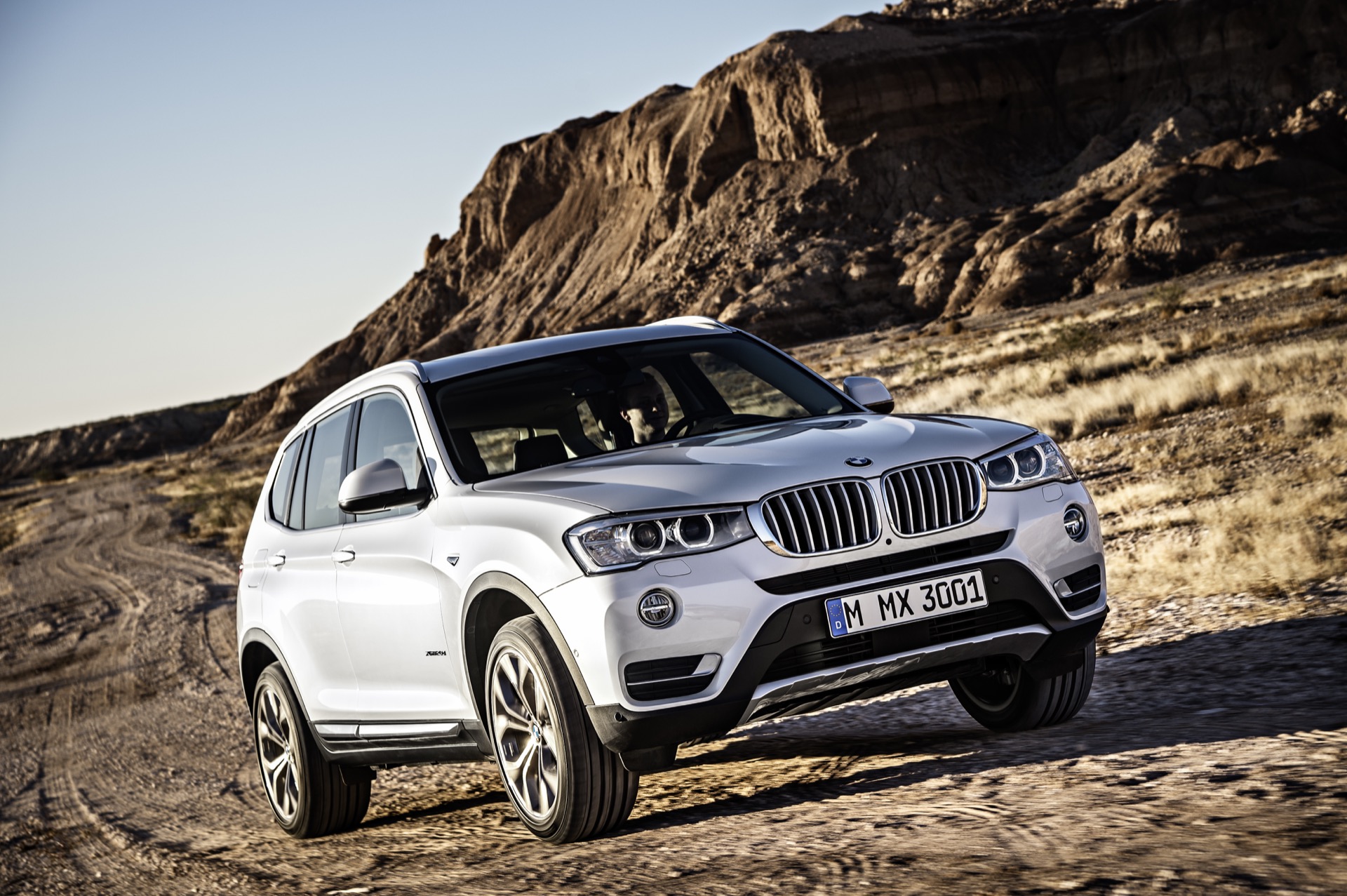
The advanced features and constant communication requirements drain batteries rapidly, while the power management system fails to enter effective sleep modes that would extend operational life.
When batteries do fail, the replacement procedure requires precise timing and button sequences that many owners find difficult to execute correctly, often necessitating dealer visits that could be avoided with better system design.
The X3’s proximity detection system suffers from calibration issues that create inconsistent behavior patterns ranging from oversensitivity to complete non-response.
The system frequently activates when owners are several feet away from the vehicle, draining batteries and creating security concerns in crowded parking areas.
Conversely, the system sometimes fails to recognize the fob’s presence even when owners are touching the door handle, requiring multiple attempts or forcing owners to resort to manual key operation.
BMW’s diagnostic and repair procedures for X3 keyless entry problems prove both expensive and time-consuming, with many issues requiring complete system reprogramming or component replacement rather than simple adjustments.
The integration with other vehicle systems means that keyless entry problems can cascade into other functionality issues, creating repair bills that frequently exceed $1,000 for problems that should require simple fixes.
This complexity, combined with BMW’s limited parts availability and specialized service requirements, makes the X3 a particularly poor choice for owners who prioritize reliability and reasonable maintenance costs over advanced features they may never use effectively.
3. Jeep Grand Cherokee (2014-2025)
The Jeep Grand Cherokee’s keyless entry system demonstrates how cost-cutting measures in electronic components can undermine an otherwise capable vehicle, creating reliability problems that persist across multiple model years despite numerous attempted fixes and recalls.
Chrysler’s implementation prioritizes low manufacturing costs over long-term reliability, resulting in a system that frequently fails in ways that leave owners stranded and create ongoing maintenance expenses that far exceed the initial cost savings.
The Grand Cherokee’s key fob suffers from fundamental hardware defects that manifest as intermittent connectivity, premature component failure, and complete system lockouts that require expensive reflashing procedures to resolve.
The internal circuit boards utilize substandard components that degrade rapidly under normal temperature cycling and humidity exposure, leading to failures that occur seemingly randomly and resist conventional troubleshooting procedures.
Many owners report multiple fob replacements within the first few years of ownership, with each replacement costing hundreds of dollars and providing no assurance of improved reliability.
Proximity detection in the Grand Cherokee proves particularly unreliable, with sensors that frequently fail to recognize the fob’s presence or, conversely, activate when the fob is nowhere near the vehicle.
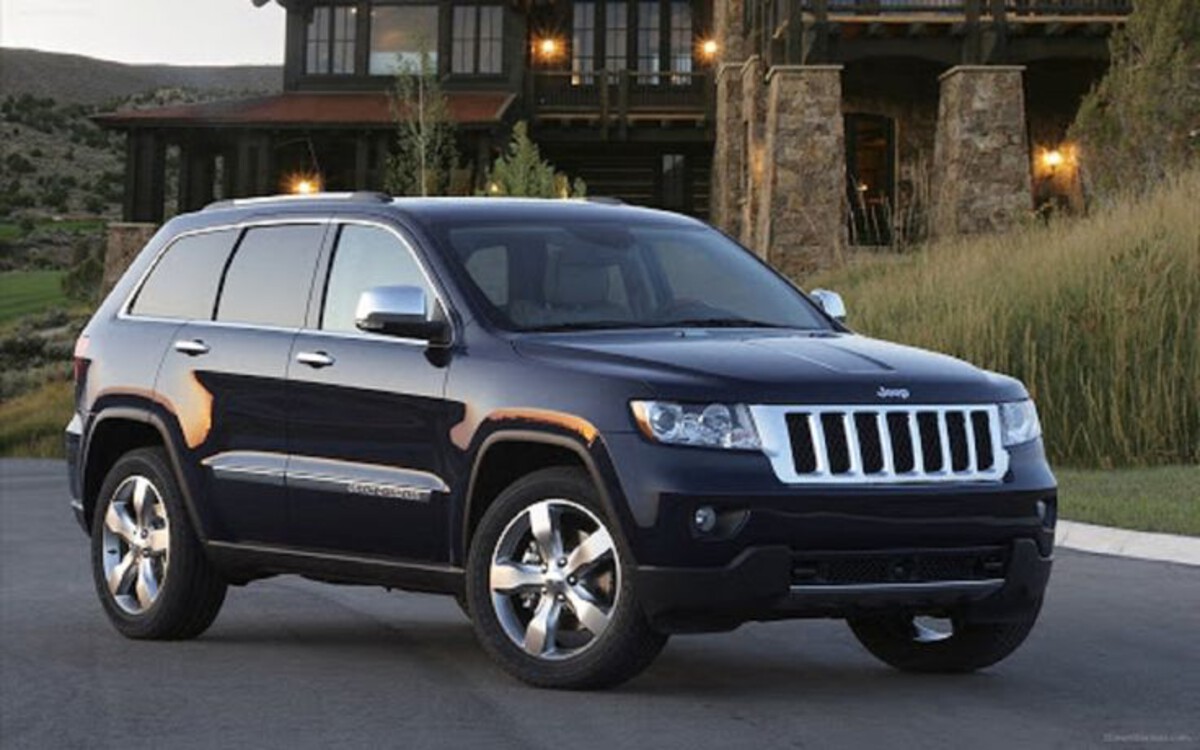
The inconsistent behavior creates security concerns when the system fails to lock properly, while false activations drain the vehicle’s battery through repeated unsuccessful start attempts.
The calibration procedures designed to address these issues often provide only temporary relief before problems return, suggesting fundamental design flaws rather than simple adjustment issues.
The Grand Cherokee’s keyless entry system integration with other vehicle systems creates cascading failure scenarios where keyless entry problems affect engine starting, security system operation, and even basic electrical functions.
These interdependencies mean that what should be simple keyless entry repairs often require extensive diagnostic work and multiple system reprogramming procedures that can take days to complete.
The complexity makes independent repair difficult, forcing owners to rely on dealership service that proves both expensive and frequently ineffective at permanently resolving underlying problems.
Software updates and technical service bulletins for the Grand Cherokee’s keyless entry system demonstrate the persistent nature of its problems, with multiple attempted fixes failing to address root causes of system failures.
Many owners report that software updates provide temporary improvement followed by return of original problems, suggesting that hardware limitations prevent effective software solutions.
This pattern of attempted fixes followed by continued problems creates ongoing ownership costs and reliability concerns that make the Grand Cherokee a particularly poor choice for buyers who depend on keyless entry functionality for daily transportation needs.
4. Volkswagen Atlas (2018-2025)
Volkswagen’s keyless entry implementation in the Atlas exemplifies the problems that arise when European automotive technology meets American market demands, creating a system that works adequately in ideal conditions but fails consistently under the real-world usage patterns common among American families.
The Atlas’s keyless entry system demonstrates particular sensitivity to environmental factors and usage patterns that VW engineers apparently failed to consider during development, resulting in reliability problems that affect daily usability and create expensive repair scenarios.
The Atlas’s key fob design reflects European preferences for compact size and minimal button layouts, but these choices prove impractical for American users who frequently operate vehicles while managing children, groceries, and other daily life requirements.
The small buttons require precise pressure and often fail to register inputs when pressed quickly or at slight angles, forcing users to make multiple attempts that drain batteries and create frustration. The compact size, while pocket-friendly, makes the fob easy to lose and difficult to locate when buried in purses or bags.
Battery performance in the Atlas’s key fob proves inconsistent and generally poor compared to more reliable systems, with many owners reporting failures within 12-18 months of normal usage.
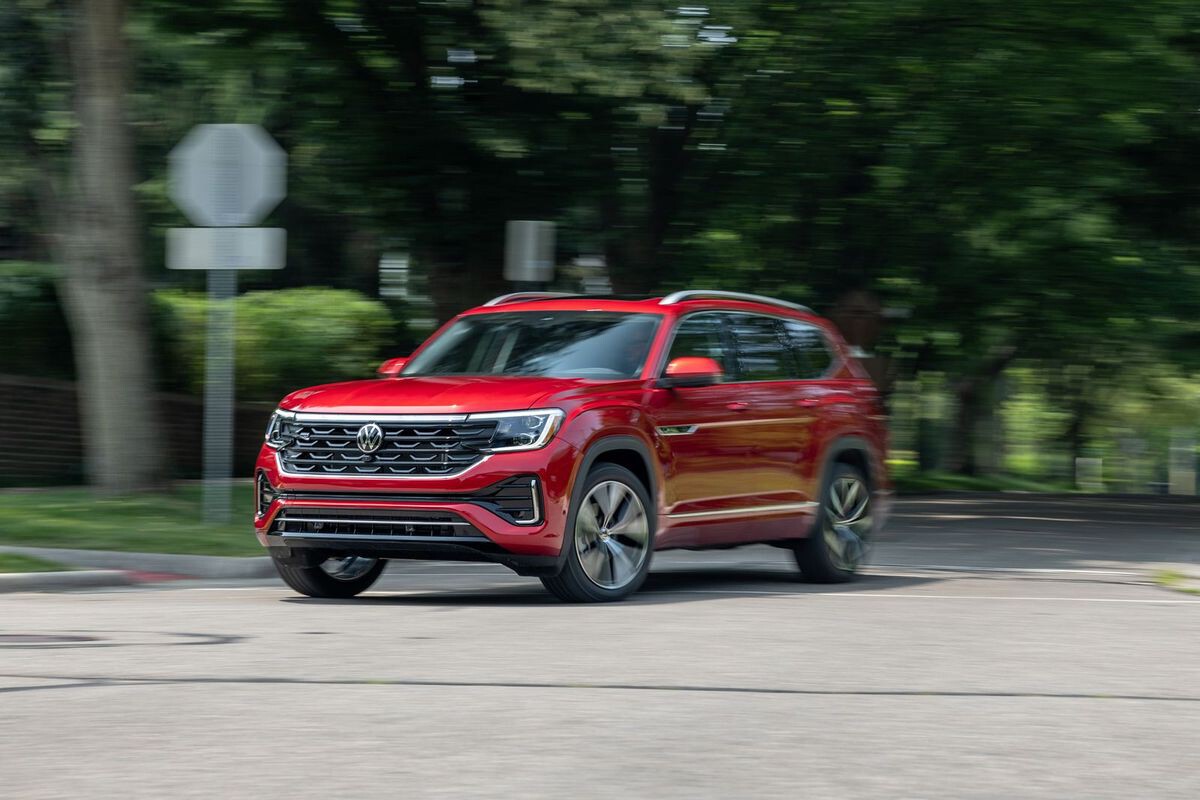
The power management system appears optimized for European usage patterns involving shorter trips and less frequent remote operations, but American driving habits quickly overwhelm the battery capacity.
When batteries fail, the replacement procedure proves unnecessarily complex, requiring specific timing sequences that many owners find difficult to execute correctly.
The Atlas’s proximity sensors demonstrate particular problems in American parking environments, including shopping centers, suburban driveways, and apartment complexes where electromagnetic interference from various sources affects system operation.
The sensors frequently fail to recognize the fob’s presence in crowded parking areas while sometimes activating inappropriately when other electronic devices are nearby. This environmental sensitivity makes the system unreliable precisely in the locations where families most frequently use their vehicles.
Volkswagen’s service support for Atlas keyless entry problems proves inadequate for American market demands, with dealers often lacking proper diagnostic equipment or technical knowledge to resolve complex system failures.
Parts availability frequently creates extended wait times for repairs, while the limited number of VW dealers in many American markets makes service access difficult.
These support limitations, combined with the system’s inherent reliability problems, create total ownership experiences that fall far short of reasonable expectations for a family-oriented vehicle in the American market.
5. Tesla Model Y (2020-2025)
Tesla’s approach to keyless entry in the Model Y represents the dangers of prioritizing technological innovation over basic functionality, creating a system that impresses with its advanced features while frustrating owners with reliability problems and user interface decisions that ignore decades of automotive usability research.
Tesla Model 3 and Model Y have been proven susceptible to Bluetooth Low Energy (BLE) relay attacks, highlighting security vulnerabilities that accompany the system’s technological complexity.
The Model Y’s reliance on smartphone integration for primary keyless entry functionality creates single points of failure that can leave owners stranded when phones malfunction, lose battery power, or experience software glitches.
Unlike traditional systems that provide physical fobs as backup, Tesla’s implementation forces owners to rely on card keys that prove impractical for daily use and frequently fail to register when needed most.
This design philosophy prioritizes technological elegance over practical reliability, creating scenarios where owners cannot access or start their vehicles despite carrying proper authentication devices.
Tesla’s over-the-air update system, while innovative, frequently introduces new keyless entry problems or changes system behavior without warning, forcing owners to relearn basic vehicle access procedures with each software revision.
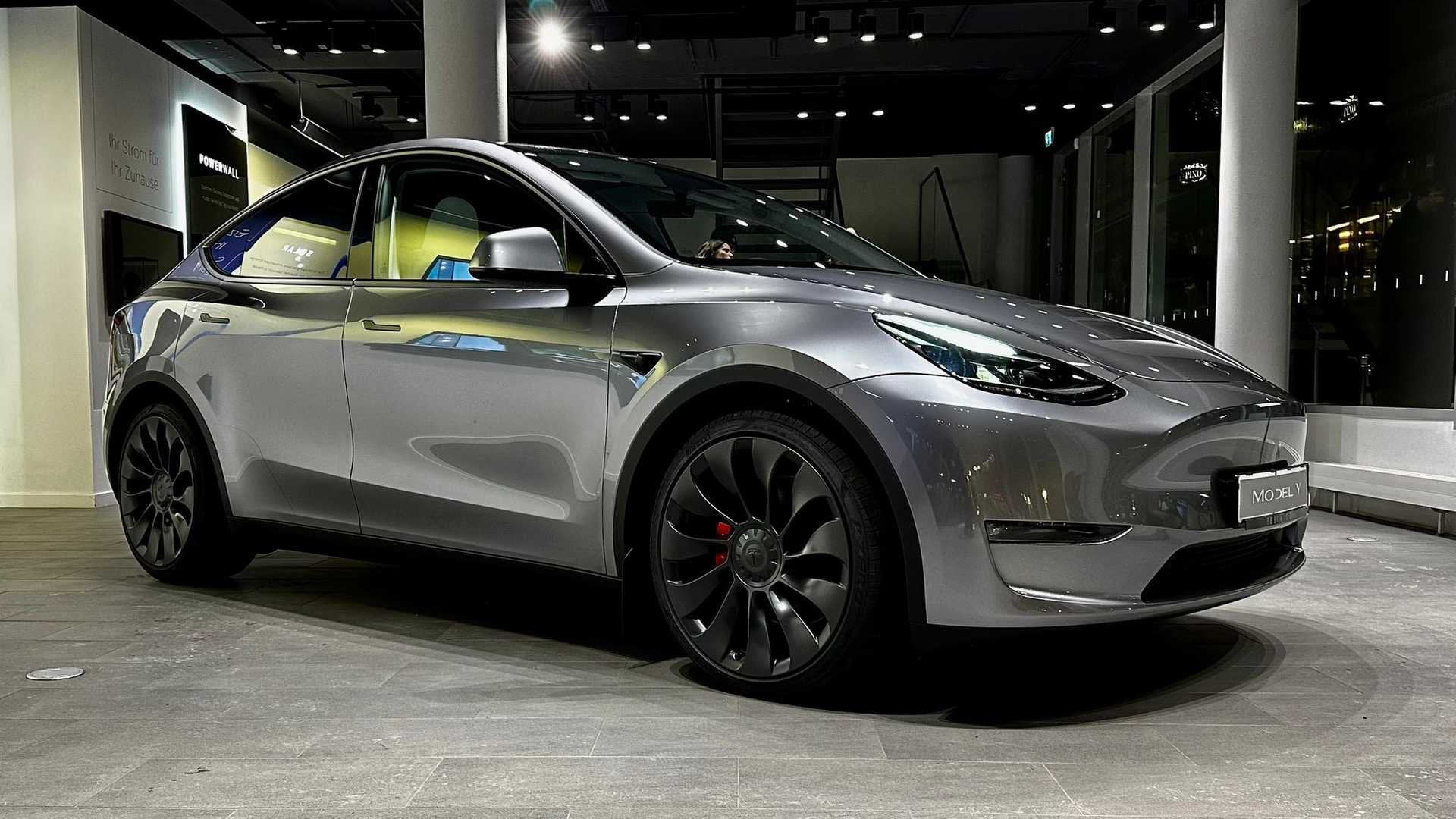
Updates sometimes disable previously functional features, change sensitivity settings, or introduce bugs that require subsequent updates to resolve.
This constant evolution creates ongoing usability challenges that traditional keyless entry systems avoid through stable, tested functionality that remains consistent throughout the ownership period.
The Model Y’s keyless entry system demonstrates particular problems with range consistency and environmental sensitivity that affect operation in common usage scenarios.
The system sometimes fails to recognize smartphones or card keys from normal approach distances, while other times it activates prematurely when owners are nearby but not intending to access the vehicle.
Temperature extremes, moisture, and electromagnetic interference from charging stations or other electric vehicles can disrupt system operation, creating unreliable behavior precisely in environments where Tesla owners frequently operate their vehicles.
Tesla’s service support for keyless entry problems proves inadequate compared to traditional automotive manufacturers, with service appointments often required for software issues that should be resolvable through simple procedures.
The limited service network creates extended wait times for appointments, while mobile service technicians often lack authorization to perform complex diagnostic procedures.
When hardware replacement becomes necessary, parts availability and service costs frequently exceed reasonable expectations, creating total ownership expenses that challenge Tesla’s value proposition despite the vehicle’s advanced technology features.
Also Read: 5 Vehicles With Reliable Voice Controls vs 5 With Unreliable Recognition

